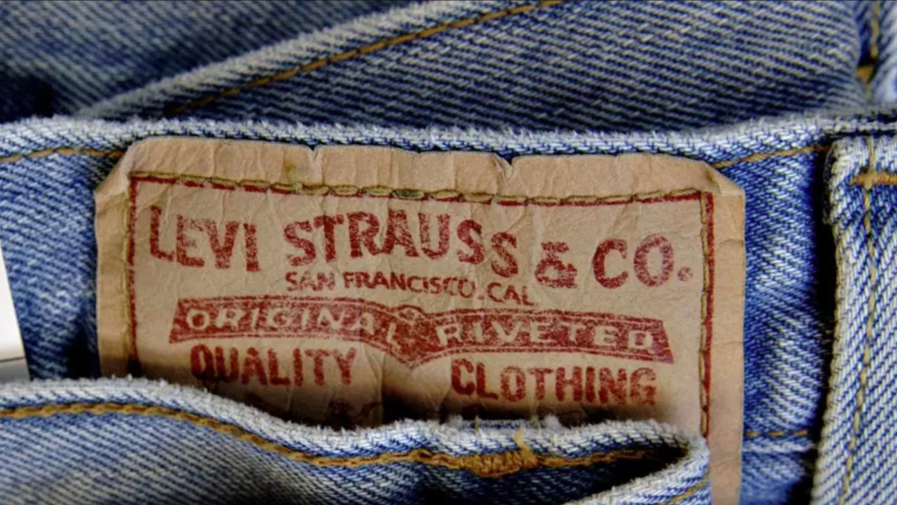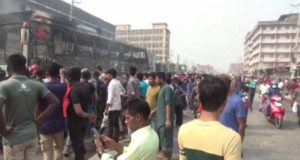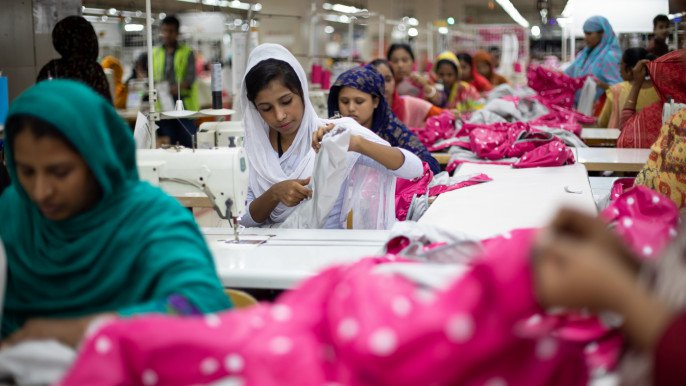Published in Financial Times on February 27, 2018

Jeans maker hopes to replace almost all its finishers globally by 2020
Levi Strauss is turning to laser-wielding robots to get the worn look and strategic rips that consumers demand in their denim in a move to replace its global army of “finishers” who beat, sand and even bake its jeans into different styles.
In what it is billing as the biggest change in more than a decade to a supply chain that turns out 150m pairs of jeans each year, the apparel company has begun deploying a legion of lasers that by 2020 it hopes will replace almost all the humans doing the labour-intensive, and sometimes toxic, finishing work.
The goal is to cut waste and costs, while also shortening a design and manufacturing process that at more than a year is now too slow to respond to swiftly changing fashion trends. The privately held company would not say how much it was investing in the initiative, though much of the cost is likely to be borne by its vendors around the world. But the shift is the latest effort to modernise the 135-year-old San Francisco-based company initiated by Chip Bergh, the former Procter & Gamble executive who took over as chief executive in 2011.
“This is the future of jeans manufacturing,” he said.The laser rollout comes after Levi Strauss this month reported 2017 profits that fell 3 per cent year on year to $281m, on the back of worldwide revenues that rose 8 per cent to $4.9bn.
In recent years the company has been facing increasing competition and pressure on its margins from fast-fashion companies such as H&M and also consumer trends such as athleisure.
Speeding up and adding “agility” to its production to respond to changing consumer demands is crucial to allow Levi Strauss to compete better, executives said.
Lasers, which etch digital patterns into jeans by burning off a fine layer of cloth and pigment, can finish a pair every 90 seconds versus every 6-8 minutes when done by hand, and have been used by some clothing manufacturers for more than a decade.
According to Bart Sights, vice-president for innovation at Levi Strauss, the aim is to eventually stock only three basic jeans in light, medium and dark shades around the world that can quickly be customised into 1,000 different finishes with strategically located banks of lasers to meet orders from wholesale customers.
One of its first laser-finishing lines operates out of a distribution centre in Nevada. Designers in San Francisco send digital files to the depot, where lasers can start mass-producing customised jeans within minutes, which can then be delivered to a nearby customer within hours.
“It moves us closer to making what we sell,” Mr Sights added.
Customers may eventually be able to use the same digital tools to customise jeans, either in store or perhaps even by sending instructions to nearby lasers from their smartphone. “It’s easy to envisage that. When we explain this, most people’s minds go there,” Mr Sights said.
The lasers are just the latest illustration of the growing role of automation in 21st-century manufacturing. They also point to the competition that millions of workers in developing countries such as Bangladesh and Mexico, employed in labour-intensive industries such as clothes manufacturing, are likely to face in the years to come.
According to the International Labour Organization more than 40m people are employed in the apparel industry in developing Asia alone.
 CPD RMG Study Stitching a better future for Bangladesh
CPD RMG Study Stitching a better future for Bangladesh



